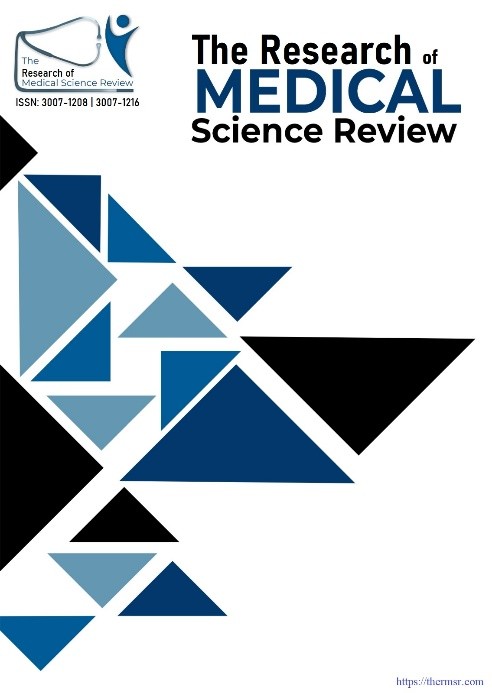ASSESSMENT OF ADVERSE DRUG REACTION REPORTING AWARENESS AMONG HEALTHCARE WORKERS IN BANNU, PAKISTAN
Main Article Content
Abstract
Background: Adverse drug reactions (ADRs) provide a substantial threat to patient safety globally, yet are often inadequately reported, particularly in resource-constrained environments. Comprehending healthcare professionals' awareness of adverse drug reaction reporting is essential for improving pharmacovigilance initiatives. Objectives. The objective of this study was to evaluate the awareness, attitudes, and practices about ADR reporting among healthcare professionals in Bannu, Khyber Pakhtunkhwa, Pakistan. Methodology. A descriptive, cross-sectional methodology was utilized. A total of 150 healthcare professionals, comprising physicians, nurses, pharmacists, and paramedics from both public and private healthcare institutions in Bannu, were recruited using convenience sampling. Data were collected using a standardized, self-administered questionnaire that encompassed demographic information, knowledge of adverse drug reactions (ADRs) and reporting mechanisms, as well as attitudes and practices. Responses were examined with SPSS utilizing descriptive statistics. Awareness was evaluated and classified as Good, Moderate, or Poor. Results: Among participants, 43.3% indicated strong awareness of ADR reporting, 36.7% showed moderate awareness, and 20.0% revealed inadequate awareness. Ninety percent concurred that ADR reporting improves patient safety, while eighty percent saw it as a component of their professional duty. Nonetheless, considerable obstacles were recognized: insufficient training (73.3%) and the unavailability of reporting forms (merely 40% had access to them). Reporting of adverse drug reactions (ADRs) was minimal: only 30% had ever reported an ADR, and merely 13.3% did so in the past year, predominantly by informal (verbal) means rather than official documentation. Conclusions: Despite a relatively high awareness and positive attitudes about the significance of ADR reporting, the actual reporting procedures among healthcare staff in Bannu were markedly deficient. This disparity highlights the necessity for focused measures, including training initiatives and efficient reporting systems, to enhance ADR monitoring and strengthen patient safety in the area.
Downloads
Article Details
Section

This work is licensed under a Creative Commons Attribution-NonCommercial-NoDerivatives 4.0 International License.
